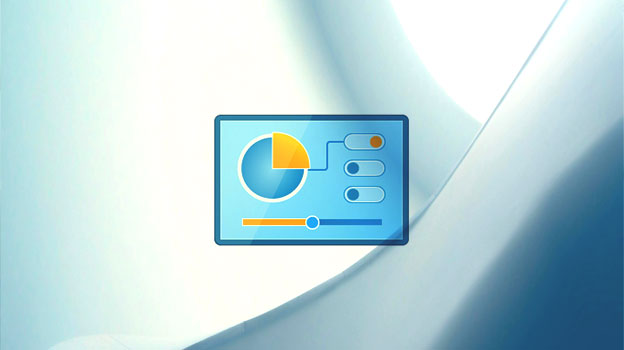
Years have passed since the first version of Windows was released to the general public. Since then, the operating system has evolved with many new releases. A lot of work has been done to keep Windows stable for the end user with an emphasis on maintaining a level of simplicity to keep things user-friendly. However, are you aware that there are features contained in Windows that are hidden from regular users that may actually be beneficial for you to use?
There happen to be several of these “hidden gems” so let’s take a quick look at a few favorites that can save you time or offer a quick and easy solution to a problem.
God Mode
It may sound a bit odd, but there is such a thing as God Mode in Windows. To turn it on, all you have to do is create a new folder and name it GodMode.{ED7BA470-8E54-465E-825C-99712043E01C}. Don’t include the final period as that one was just to finish the sentence. The folder you have just created will hold 270 items, showing every configuration option found in Windows. The folder will change its icon and show no name attached to it. However, once you pop open that icon, you will discover all possible admin tools and they will be sorted according to the type of application they fit into. This will prove to be extremely useful if you are considering making a change to a Windows option but don’t recall where it needs to be done.
Troubleshoot Steps Recorder
As you can probably imagine, if the name of this feature is anything like its function, it is going to be a very useful tool. What it does is simple: it permits you to record every click you make while working in Windows. It will record your activity through a series of screenshots and automatically includes captions that spell out precisely where you clicked. To highlight specific parts, you can use the Add Comment button and insert custom annotations. The moment after you stop recording, all of the tracking will be stitched together and saved. The saved file will be a web browser-compatible MHTML, which is a MIME HTML file. It will also be conveniently pre-archived. The main attraction to this function is that it can be handy when you are troubleshooting an issue and need assistance but cannot access a remote desktop at the time.
Secure Free Disk Space
You should already know that when you delete files or folders in Windows they are not erased. It also should be well-known that the space those files and folders occupy does not automatically become free space. The reason for this is that the files are made available for data recovery until they are overwritten by new data. However, built into all versions of Windows is a utility that overwrites all of the free space on a hard drive. This ensures that files and folders that have been deleted cannot be recovered. To do this, launch a command prompt and type cipher /w:X where the X is the letter of the drive or partition you are seeking to clear. Give the process time to do its work if you have a lot of free space that is getting overwritten.
There you have it!
The top three hidden gems that are buried inside the Windows operating system. As I’ve stated above, there are several. Do you have a favorite one you like to use that does not appear on the list above? Why not tell us about it and how you use it in the comments section below? Your suggestions may become the topic of a future blog post. Safe browsing!
